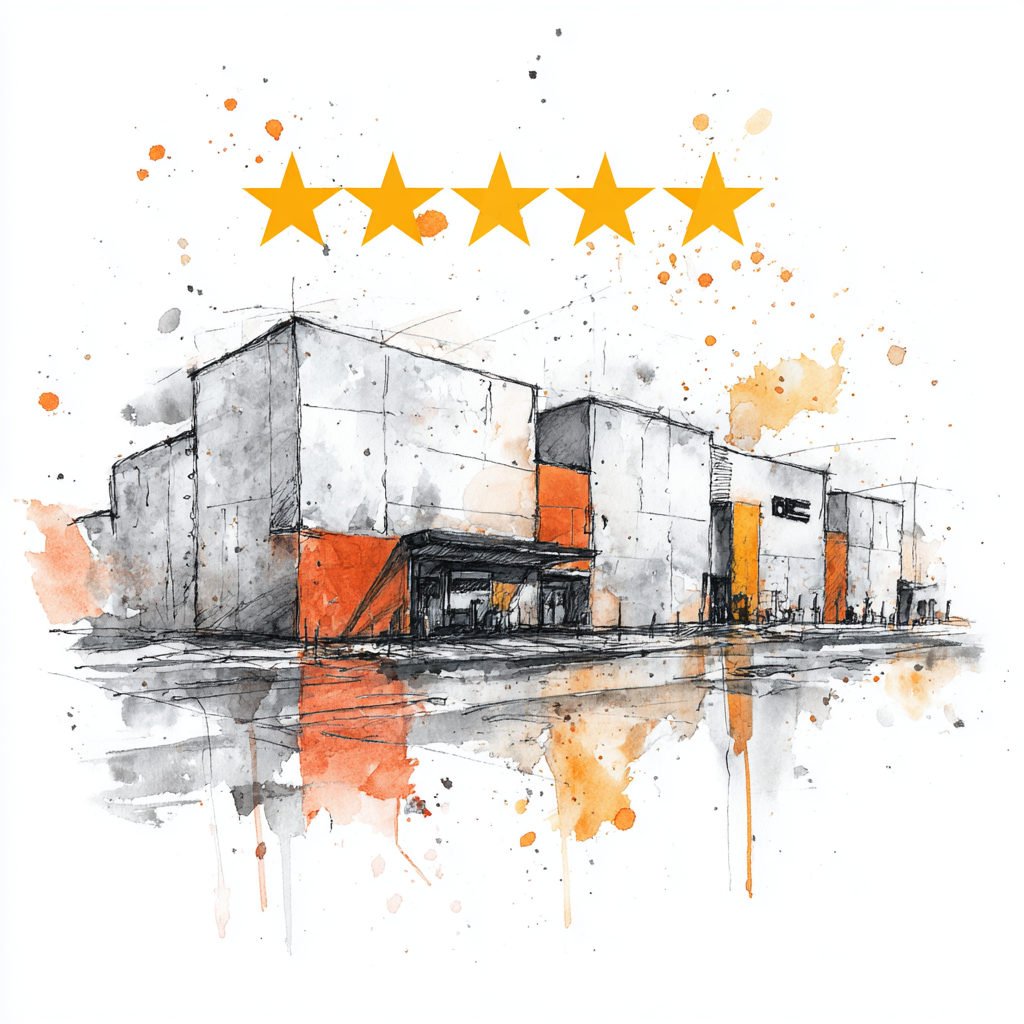
Customer Experience
Self-Storage Customer Journey Mapping: The Truth Nobody Is Telling You
Self-storage customer journey mapping is a useful exercise for facility operators.
When we speak with operators, they tell us that tenant expectations keep increasing. Why? Because tenants expect at least some amount of automation in their interactions with a facility.
In many cases, tenants are now used to making unit reservations in seconds and receiving access codes at the click of a button.
Facility teams have no choice but to embrace as much self-storage technology as they can.
If they don’t, tenants may move to another local facility that’s equipped with the technology to meet their expectations and needs.
I want you to grab a pen and paper. We’re going to map out the customer journey for your facility
You’ll see:
- Where people find your facility.
- How they make decisions
- What friction might cause them to hesitate.
For a business defined by unit availability and service reputation, it’s essential to have your customer journey clearly visualized.
What Happens Before A Prospective Tenant Even Contacts You?
Searches start long before a call or a visit. Prospective tenants may see your facility on online directories, review sites, paid ads, or a mix of all three.
At this point, they’re already comparing location, price, and ease of access before they ever decide to reach out or consider making a unit reservation.
If your digital footprint feels incomplete or confusing, the potential tenant may start by looking at another operator’s facility. The reality is, they’re probably also looking at two or three other facilities in your area anyway.
In our Lab Notes email newsletter, we frequently share content on how you can utilize digital marketing to make a strong first impression for your facility.
In a nutshell, you’re going to need:
- A website that loads quickly.
- An up-to-date Google Business Profile.
- Google reviews from existing tenants.
These small digital details often decide who makes it onto the facility shortlist.
If we step into the prospective tenant’s shoes for a second…
Are you really going to take a gamble with your valuable possessions on a facility with no Google reviews and a confusing website? No!
It’s going to take time to get your digital marketing up to scratch, but it’s something that all facility teams need to get serious about and start chipping away at.
How Do Prospects Interact With Your Digital Touchpoints?
Clicks tell stories, and you’ll learn a lot about your prospective tenants by seeing how they navigate through your website.
We suggest using heatmaps (Hotjar is a good tool for this) to see where their attention lands and where it falls away.
What we’ve seen is that a poorly designed website will frustrate prospects and signal that the facility itself may not be well cared for.
In self-storage, the website is often the only salesperson prospects ever meet.
If availability and pricing aren’t visible, confidence is going to plummet. It creates massive missed opportunities.
You want a clean, straightforward digital experience that creates momentum.
It needs to make a prospective tenant feel like renting a unit is the natural next step.
Where Does Human Interaction Shape Outcomes Most?
When someone calls, the way they’re greeted and spoken to defines their trust in the facility.
We think there is a tendency for facility teams to underestimate how much these conversations influence move-in rates.
A rushed or distracted response will undo the confidence built through digital marketing.
That’s why you want warm and precise conversations to push the journey forward.
We recommend conducting staff training to provide clarity on unit details, billing structures, and access instructions.
This will make sure that callers begin and end every interaction with confidence.
That consistency is going to feed directly into conversion rates.
What About Communication After Move-In?
Tenants notice when communication feels reactive, and they can also sense when it feels planned.
Automated payment reminders, move-in instructions, and account updates reduce friction and build trust.
Clarity across multiple channels helps tenants feel supported throughout their time with you.
You don’t want them left wondering about things like whether their payment went through or how to update account details.
We are seeing many operators using AI-powered tools like swivl to handle this type of communication.
As a result, they see fewer disputes and better retention.
Consistency in post-move-in communication strengthens long-term relationships.
Tenants who feel informed and respected are less likely to shop around when renewal time arrives.
How Does Mapping Expose Operational Inefficiencies?
Customer journey mapping often reveals gaps operators didn’t know existed.
We’ve noticed that misaligned handoffs between digital and human touchpoints cause more tenant frustration than pricing differences.
For example, a tenant might see a unit listed online but hear a conflicting update when they call.
These mismatches create doubt.
That doubt translates into hesitation, and the hesitation can derail a rental decision!
Mapping the customer journey with a pen and paper will make those points of friction visible on the page.
You’ll then know which processes need aligning.
What Insights Come From Looking At Churn Points?
Churn rarely happens without signals. You’ll start noticing things like:
- Missed payments
- Sudden spikes in support requests
- Changes in access patterns
These all serve as early warnings. I’m sure you can add more to this list.
Mapping will let you tie those signals back to specific stages in the tenant lifecycle.
When operators recognize the patterns that precede churn, they can intervene with:
- Proactive outreach
- Targeted offers
- Simple check-ins
We know that keeping one tenant in place for another year often delivers more value than acquiring two new customers.
How Does Data Bring Journey Maps To Life?
Raw feedback is rarely enough to create an accurate journey map.
We’ve found that data closes the loop. You might want to use:
- Call analytics
- Web traffic reports
- AI-driven conversation logs
These will expose where tenants spend time, how they navigate through your website, and where they exit the process.
What we’ve seen from operators who invest in analyzing this data is a dramatic improvement in decision-making.
Marketing dollars are spent with precision, and staffing is adjusted at peak times.
Customer experience strategies are aligned with actual tenant behavior rather than general assumptions.
Data-driven mapping makes a lot of sense because it adds context and makes your map actionable.
Here’s The Truth That Nobody Is Telling You
The customer journey is always changing.
You’re going to see shifts in tenant expectations, digital platforms, and competitor strategies.
A journey map created two years ago may already be outdated.
Generally speaking, operators who revisit their journey maps at least once a year maintain a sharper competitive edge.
You’ll find that continuous refinement makes sure that service design evolves in lockstep with tenant behavior and expectations.
The facilities that ignore this evolution risk losing tenants to competitors who offer easier and more convenient unit renting solutions.
Once you’ve mapped out the customer journey, the single most impactful thing you can do is start integrating AI with your customer journey.
Book a demo of swivl today, and our team will be happy to show you how swivl helps operators improve the customer journey.















